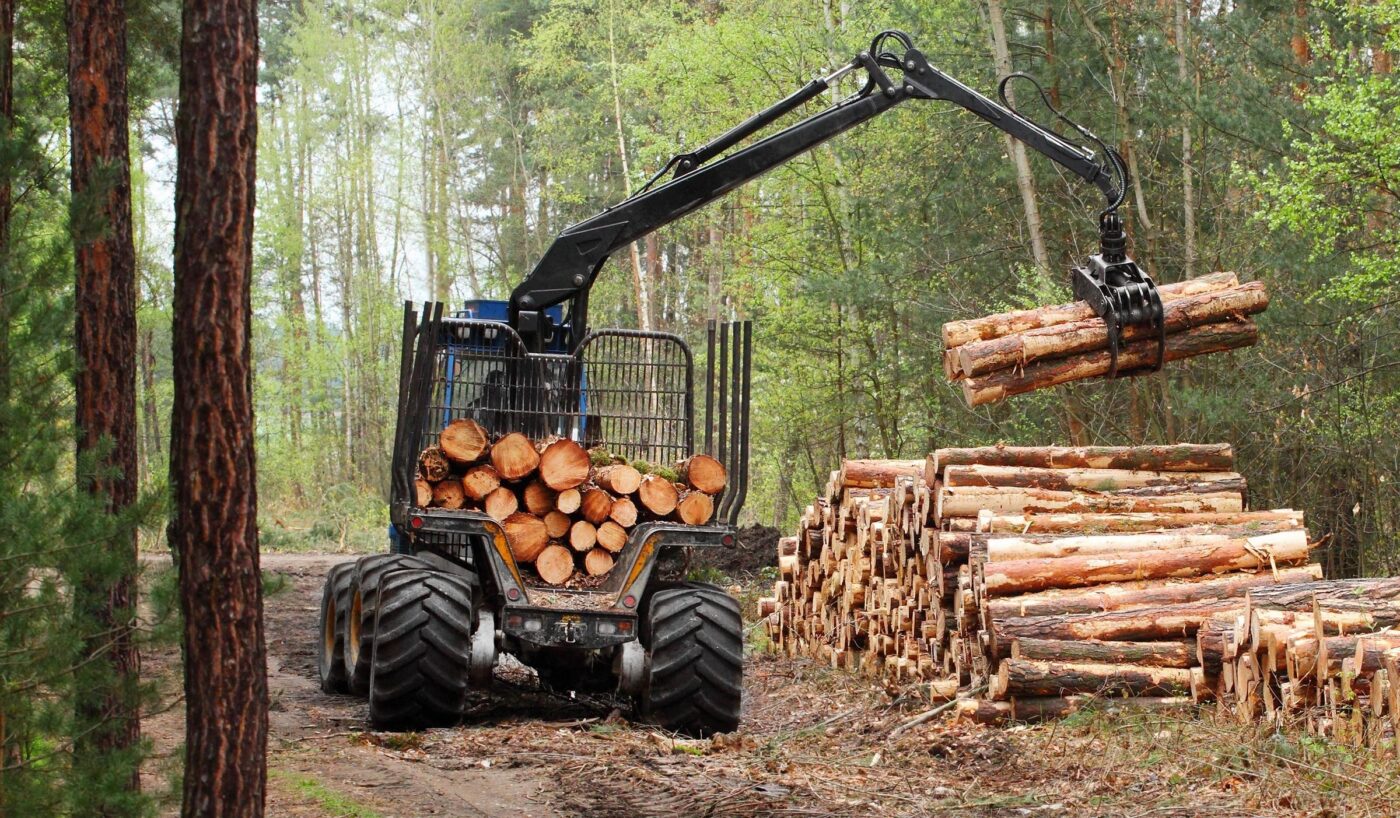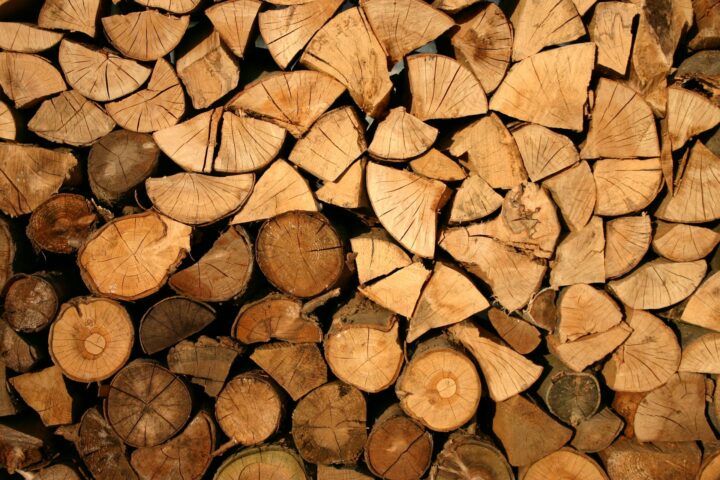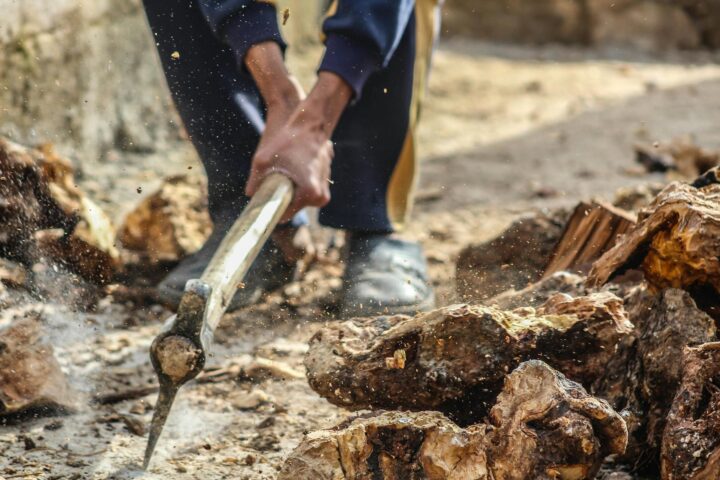-
Why Timber Harvesting Is an Important Industry
What came first, the chicken or the egg? This age-old question can be applied to many things in life, but in the case of the timber industry, the answer is clear – the trees came first.
Before man began to use wood for fuel, shelter, and tools, forests covered the earth. The first forests were probably predominantly coniferous, or evergreen, trees because they are more resistant to fire and drought than deciduous, or leafy, trees. Over time, as the climate changed, deciduous forests began to dominate in many parts of the world.
Today, forests still play a vital role in our lives. They provide us with oxygen, clean the air we breathe, and help to regulate the earth’s climate. They are also home to many plants and animals and are a source of food and medicinal plants. They also provide us with timber – a renewable resource that is essential for many industries.
The Natural Benefits
The timber industry is one of the oldest in the world, and timber harvesting is still an important part of many cultures. In some parts of the world, it is the only income source for families living in rural areas.
Timber harvesting is the process of felling trees and transporting them to sawmills, where they are cut into lumber. The lumber is then used to make various products, including furniture, flooring, and construction materials.
The timber industry is a vital part of many countries' economy and provides employment for millions of people. It is also an important source of revenue for governments. For example, the timber industry generates more than $200 billion in economic activity each year in the United States.
The economy of a nation largely depends on its industry. The industrial sector of a country is responsible for the production of goods, which in turn generate revenue and create jobs. The timber harvesting industry is one of the most essential industries in the world. It provides raw materials for many products, including furniture, paper, and construction materials.
Timber harvesting is not without its challenges, however. It can cause environmental damage if it is not done carefully, and it can also lead to conflict between different groups of people who are interested in the forests. But despite these challenges, timber harvesting can be done in a renewable and sustainable way, and it plays a vital role in the economy and in our everyday lives.
Sustainable Beauty
Unlike many other industries, the timber industry is renewable – meaning that it can continue to provide us with timber indefinitely, as long as forests are managed sustainably. This is why sustainable forestry is so important. Sustainable forestry is the practice of managing forests in a way that meets the needs of present generations while preserving the forests for future generations.
There are many ways to practice sustainable forestry, but some of the most important methods include planting trees, protecting forests from fire and disease, and carefully managing timber harvesting. By practicing sustainable forestry, we can ensure that the timber industry will continue to play a vital role in our lives for many years to come.




